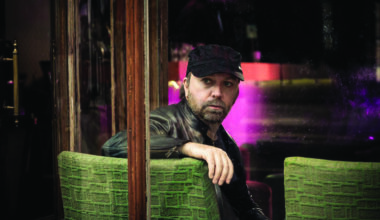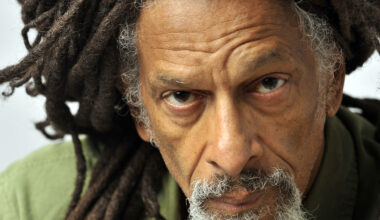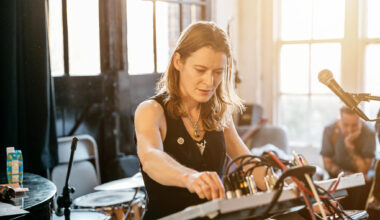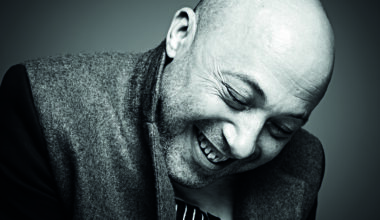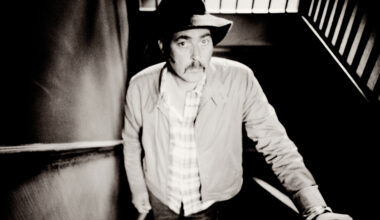Oslo-based electroacoustic musician Natasha Barrett reveals her influences – from owls and raspberries to Soundfield microphones
Want to read more?
Sign up to Electronic Sound Premium to gain access to every post, video, special offers, and more. 100%, all you can eat, no commitment, cancel any time.
Already a premium member? Log in here
